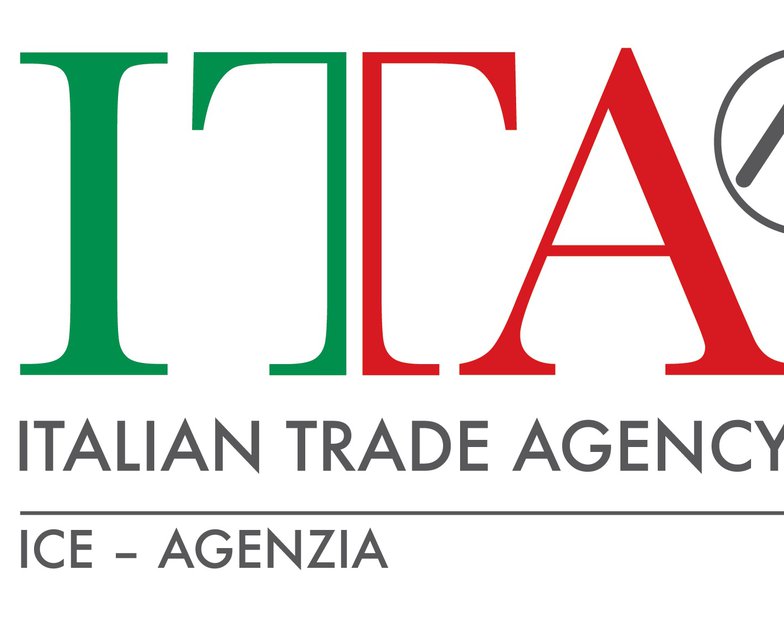From January to July 2021, according to GlobalTrade, leather imports into China amounted to $1.3 billion, an increase of 34% compared to the same period last year. Brazil and Italy are the main suppliers, comprising more than half of China’s leather purchases. In the last year, Italy (+34% YoY) has significantly increased shipments to China, while supplies from Brazil (-24% YoY) have decreased. The average price of imports was $4,028 per ton in 2020, up 19% from the previous year. [Source: IndexBox, Inc. ]
From January to July 2021, Chinese leather imports totalled $1.3B, exceeding by +34% the value of the same period in 2020. Last year, leather imports increased to $2.6B (IndexBox estimates), growing by +5.5% y-o-y. In physical terms, leather imports in China fell slightly to 650K tonnes, declining by 11.4% on the previous year’s figure. Over the last decade, imports attained the peak figure at 858K tonnes in 2014; however, from 2015 to 2020, they failed to regain momentum.
Chinese leather imports are expected to continue rebounding robustly, driven by the increased consumer demand worldwide. A downside risk comes from pandemic-related supply chain disruptions. Last year, many orders for leather production were cancelled or postponed, which put pressure on the manufacturing factories.
This year, regular shipments are deteriorated by the lack of shipping containers and the limited capacity of Asian ports that partially cease operations when COVID cases are found there. The uncertainty associated with possible pandemic outbreaks due to the emergence of new strains also poses a threat to the leather market and the global economy overall.
Imports by Country
In 2020, Brazil (204K tonnes), Italy (131K tonnes) and Viet Nam (55K tonnes) were the leading suppliers of leather imports to China, with a combined 60% share of total imports. These countries were followed by the U.S., Thailand, Argentina, Taiwan (Chinese), South Korea and Uzbekistan, which together accounted for a further 22%.
From 2007 to 2020, the most significant increases were in shipments from Uzbekistan (+66.1% per year), while purchases for the other leaders experienced more modest paces of growth.
In value terms, Brazil ($338M), Italy ($250M) and Thailand ($135M) constituted the largest leather suppliers to China, together comprising 28% of total imports. South Korea, the U.S., Viet Nam, Argentina, Taiwan (Chinese) and Uzbekistan lagged somewhat behind, together comprising a further 18%.
In terms of the leading suppliers, Uzbekistan (+69.3% per year) recorded the highest growth rate of the value of imports over the period under review, while purchases for the other leaders experienced more modest paces of growth.
Import Prices by Country
The average leather import price stood at $4,028 per tonne in 2020, growing by 19% against the previous year. Overall, the import price, however, showed a pronounced curtailment. Over the period under review, average import prices attained the maximum at $6,374 per tonne in 2013; however, from 2014 to 2020, import prices remained at a lower figure.
Prices varied noticeably by the country of origin; the country with the highest price was South Korea ($10,291 per tonne), while the price for Brazil ($1,657 per tonne) was amongst the lowest.
From 2007 to 2020, the most notable rate of growth in terms of prices was attained by Uzbekistan, while the prices for the other significant suppliers experienced a decline.
Source: IndexBox Platform



